- With standard equipment
- With safety pack
Find more information in the General Comments section of the assessment
Find more information in the Rating Validity tab of the assessment
- See More
- See More
- See More
- See More
- Good
- Adequate
- Marginal
- Weak
- Poor
 Passenger
Passenger
 Driver
Driver
 Rear Passenger
Rear Passenger
 Driver
Driver
 Car
Car
 Pole
Pole
 Rear Seat
Rear Seat
 Front Seat
Front Seat
-
Approaching a stationary car: Left Offset
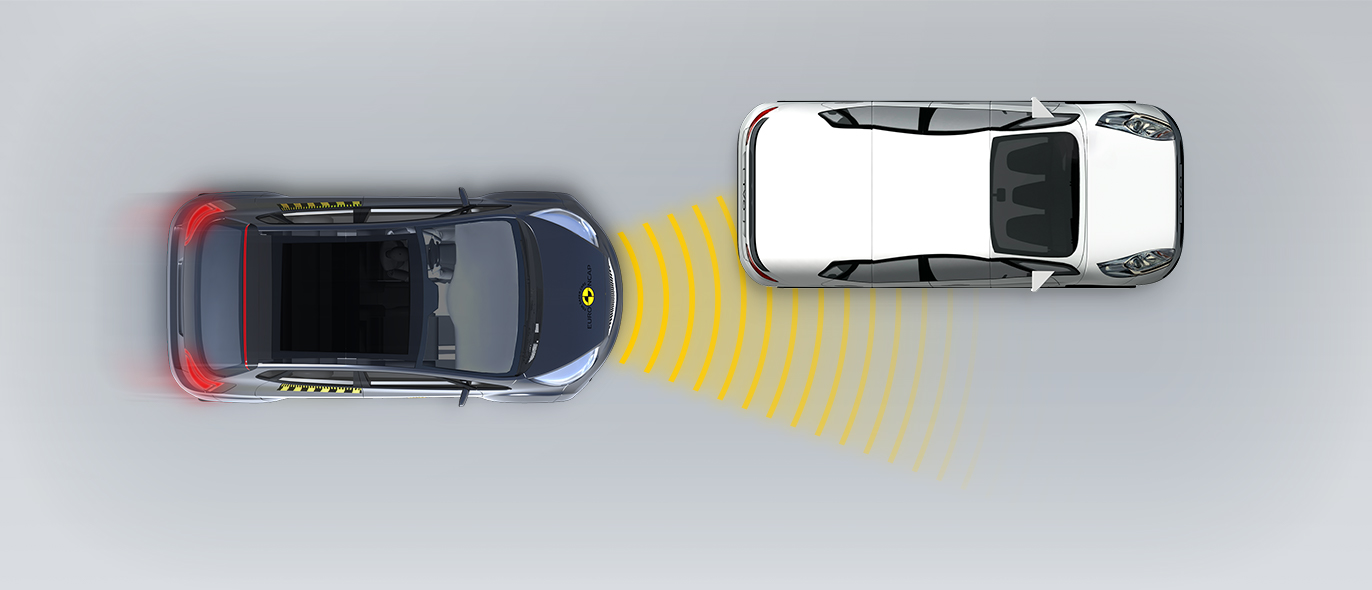
-
Approaching a stationary car: No Offset
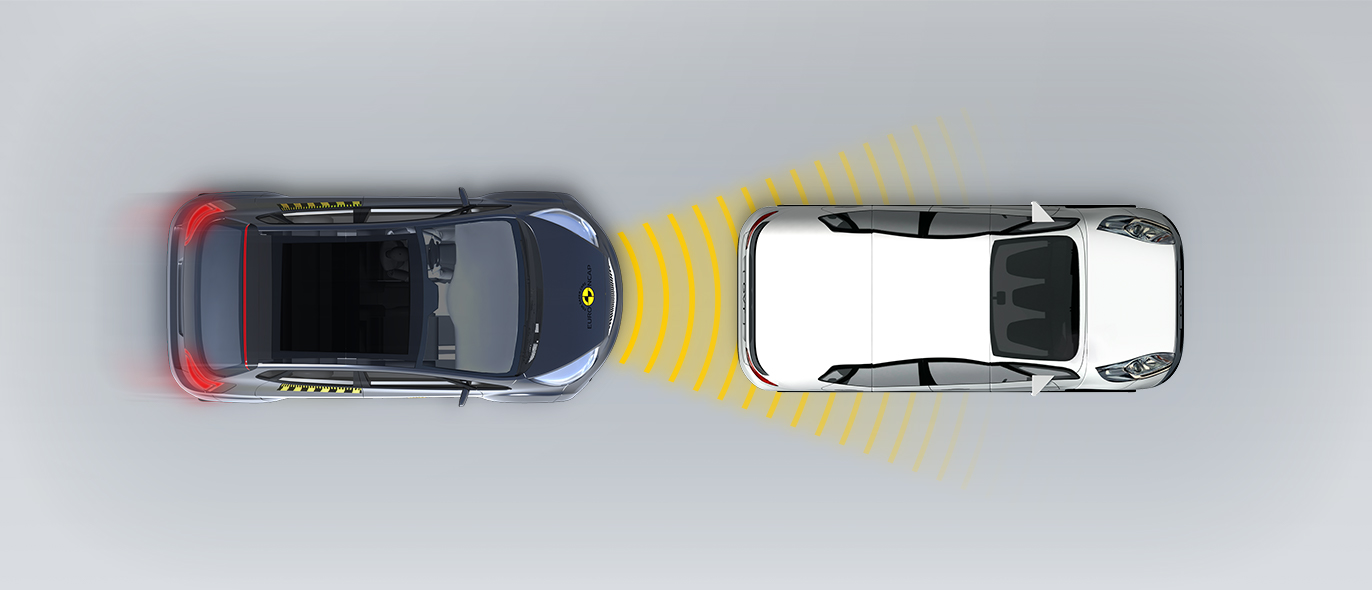
-
Approaching a stationary car: Right Offset
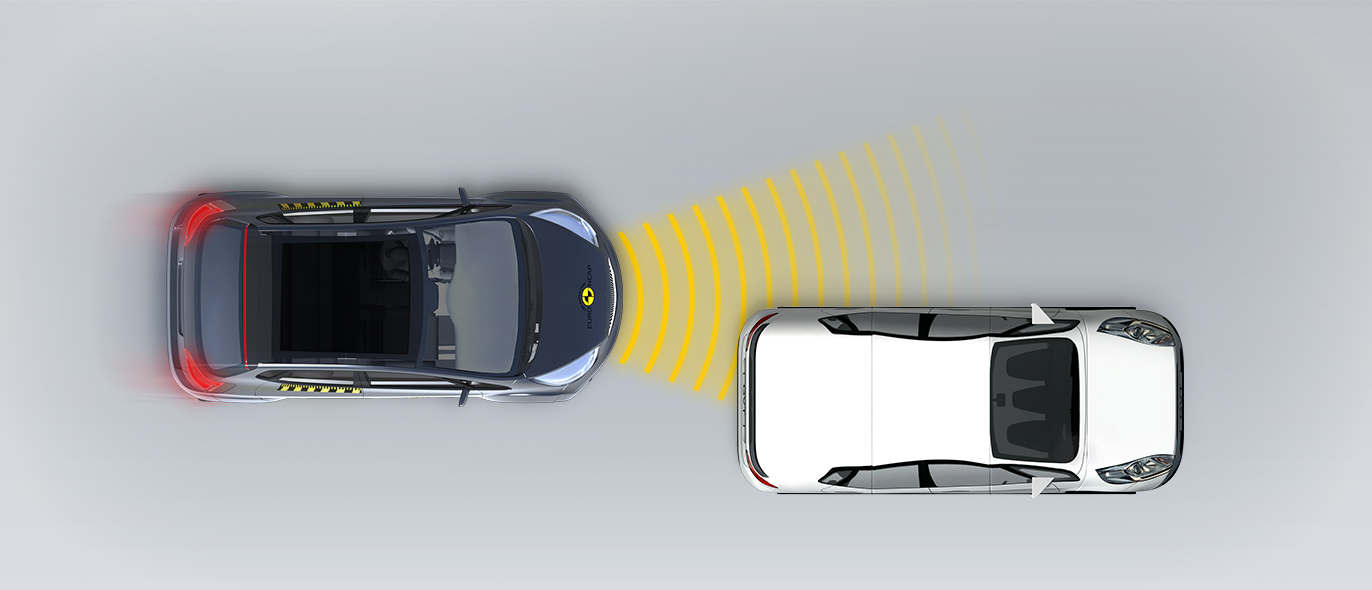
- Good
- Adequate
- Marginal
- Weak
- Poor


Passenger
outboard
center
outboard *
Fitted to the vehicle as standard
Not fitted to the test vehicle but available as option
Not Available
-
i-Size CRS
-
ISOFIX CRS
-
Universal Belted CRS
Easy
Difficult
Safety critical
Not allowed
| Seat Position | ||||||
|---|---|---|---|---|---|---|
| Front | 2nd row | 3rd row | ||||
| Passenger | Left | center | Right | Left | Right | |
| Maxi Cosi 2way Pearl & 2wayFix (rearward) (iSize) | ||||||
| Maxi Cosi 2way Pearl & 2wayFix (forward) (iSize) | ||||||
| BeSafe iZi Kid X2 i-Size (iSize) | ||||||
| BeSafe iZi Flex FIT i-Size (iSize) | ||||||
| Maxi Cosi Cabriofix & FamilyFix (ISOFIX) | ||||||
| BeSafe iZi Kid X4 ISOfix (ISOFIX) | ||||||
| Britax Römer Duo Plus (ISOFIX) | ||||||
| Britax Römer KidFix XP (ISOFIX) | ||||||
| Maxi Cosi Cabriofix (Belt) | ||||||
| Maxi Cosi Cabriofix & EasyBase2 (Belt) | ||||||
| Britax Römer King II LS (Belt) | ||||||
| Britax Römer KidFix XP (Belt) | ||||||
Easy
Difficult
Safety critical
Not allowed
Integrated child restraints are available as an option on the second-row outboard seats, and these were used in the dynamic crash tests. In the frontal offset test, protection of the neck and chest of the 10 year dummy was rated as marginal, based on dummy readings of tensile forces and deceleration, respectively. Protection of the 6 year dummy was good. In the side barrier test, protection of all critical body areas was good or adequate for both dummies. All second and third row seats, including the second-row centre position, are ISOFIX/i-Size compatible. The front passenger airbag can be disabled to allow a rearward-facing child restraint to be used in that seating position. However, labelling on the switch is not clear and the system was not rewarded. As the airbag disabling switch failed Euro NCAP's assessment, installation tests of rearward-facing child restraints in the front passenger seat were also deemed a fail. Otherwise, all of the restraint types for which the car is designed could be properly installed and accommodated in the car.
- Good
- Adequate
- Marginal
- Weak
- Poor

Head Impact 16.0 Pts
Pelvis Impact 4.4 Pts
Leg Impact 6.0 Pts
-
Approaching a crossing cyclist
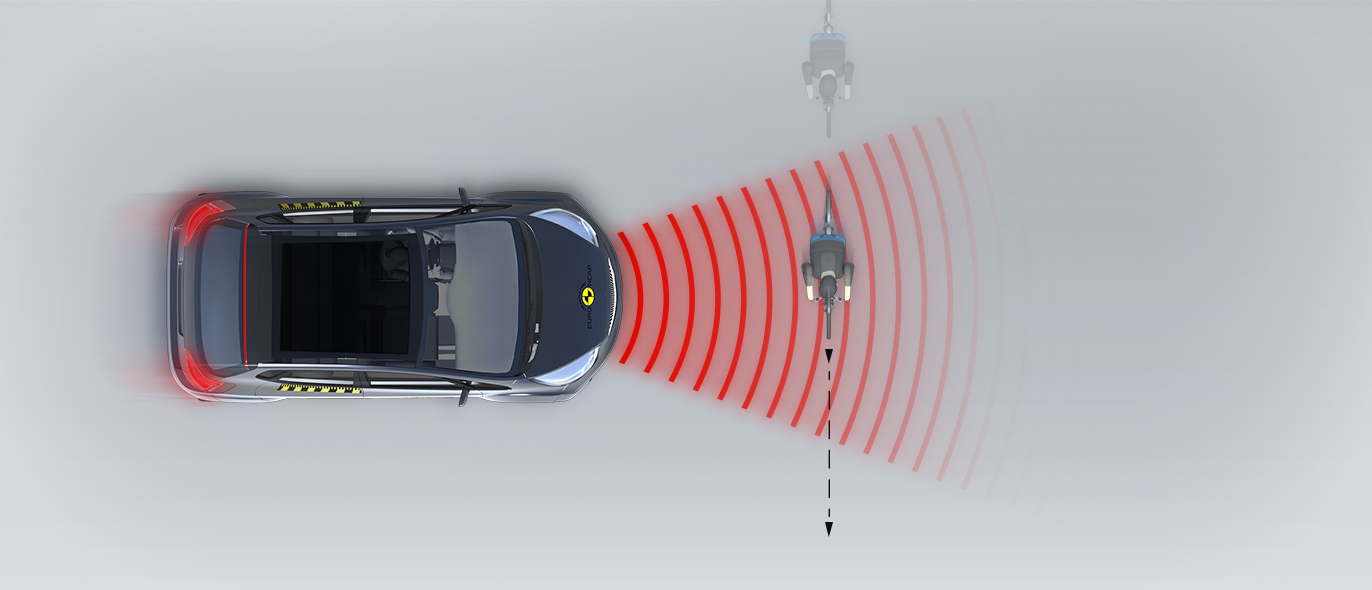
-
Cyclist along the roadside

The bonnet provided good or adequate protection to the head of a struck pedestrian over most of its surface but there were broad areas of of poor performance along the base of the windscreen and on the stiff windscreen pillars. The bumper provided good protection to pedestrians' legs but protection of the pelvis was mixed. The AEB system can detect cyclists, as well as other vehicles. In tests, the system's response to these vulnerable road users was good.
- Good
- Adequate
- Marginal
- Weak
- Poor
| System Name | Speed Limit Recognition |
| Speed Limit Information Function | Camera & Map |
| Speed Control Function | N/A |
| Applies To | All Seats | ||
| Warning | Driver Seat | Front Passenger(s) | Rear Passenger(s) |
| Visual | |||
| Audible | |||
| Occupant Detection | |||
|
|||
| System Name | Lane Assist |
| Type | ELK + LKA (including LDW) |
| Operational From | 60 km/h |
| Performance | |
| Emergency Lane Keeping | |
| Lane Keep Assist | |
| Human Machine Interface | |
| System Name | Front Assist | |||
| Type | Autonomous Emergency Braking and Forward Collision Warning | |||
| Operational From | 5 km/h | |||
| Additional Information | Supplementary warning | |||
The Alhambra has a seatbelt reminder system for the front and rear seats. The AEB system performed adequately in tests of its response to other vehicles at highway speeds. A lane support system helps prevent inadvertent drifting out of lane and also intervenes in some more critical situations. A speed assistance system uses a camera and digital mapping to determine the local limit, and presents this information to the driver who can then manually set the limiter as appropriate.
- Specifications
- Safety Equipment
- Videos
- Rating Validity
Specifications
Tested Model VW Sharan 1.4 'Comfortline', LHD
Body Type - 5 door MPV
Year Of Publication 2019
Kerb Weight 1709kg
VIN From Which Rating Applies - all Sharans
Class Large MPV
Safety Equipment
Note: Other equipment may be available on the vehicle but was not considered in the test year.
Fitted to the vehicle as standard
Fitted to the vehicle as part of the safety pack
Not fitted to the test vehicle but available as option or as part of the safety pack
Not available
Not applicable
Videos
Rating Validity
Variants of Model Range
| Body Type | Engine | Drivetrain | Rating Applies | |
|---|---|---|---|---|
| LHD | RHD | |||
| MPV | 1.4 petrol* | 4 x 2 |  |
 |
| MPV | 2.0 diesel | 4 x 2 |  |
 |
| MPV | 2.0 diesel | 4 x 4 |  |
 |
* Tested variant



Find more information in the General Comments section of the assessment
The SEAT Alhambra is structurally identical to the Volkswagen Sharan and has the same interior fittings and levels of safety equipment. Accordingly, Euro NCAP believes that the star rating of the Sharan can also be applied to the SEAT Alhambra.
 Share
Share
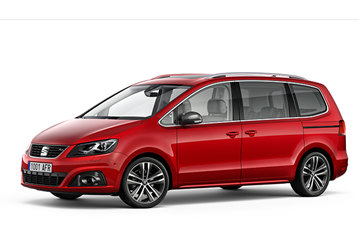
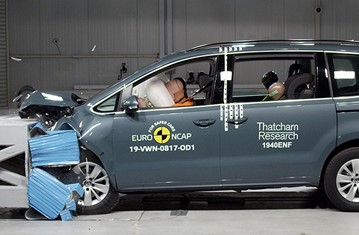




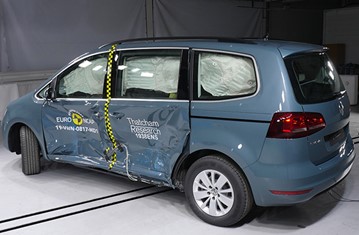




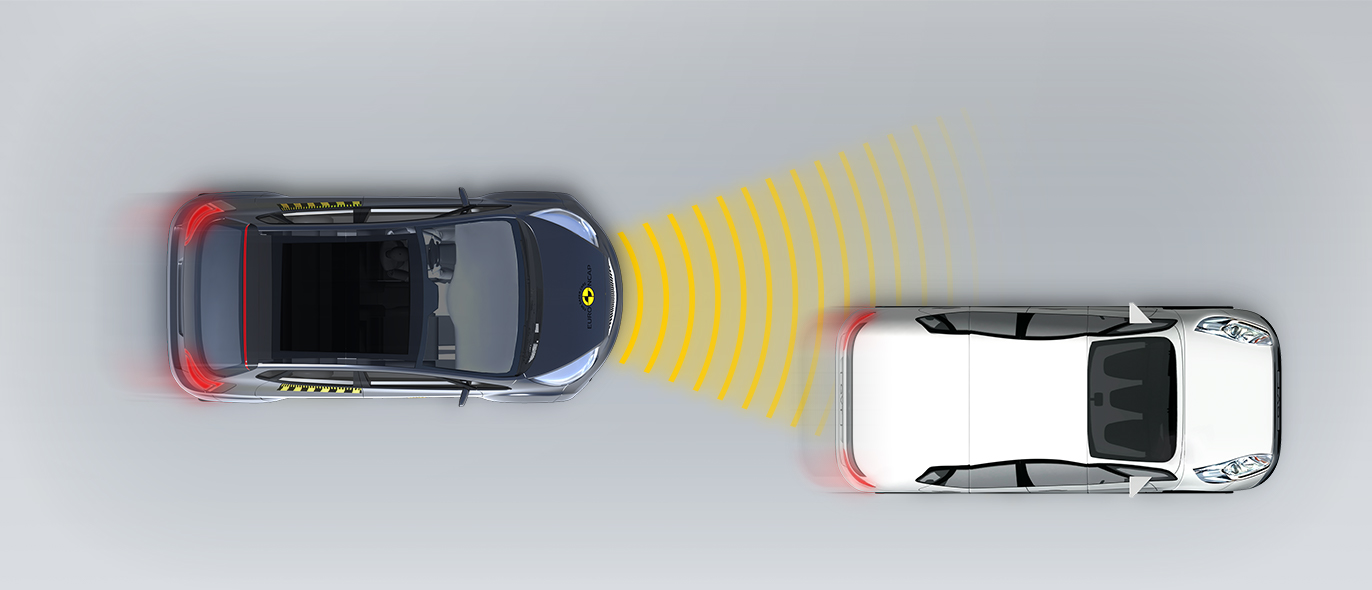
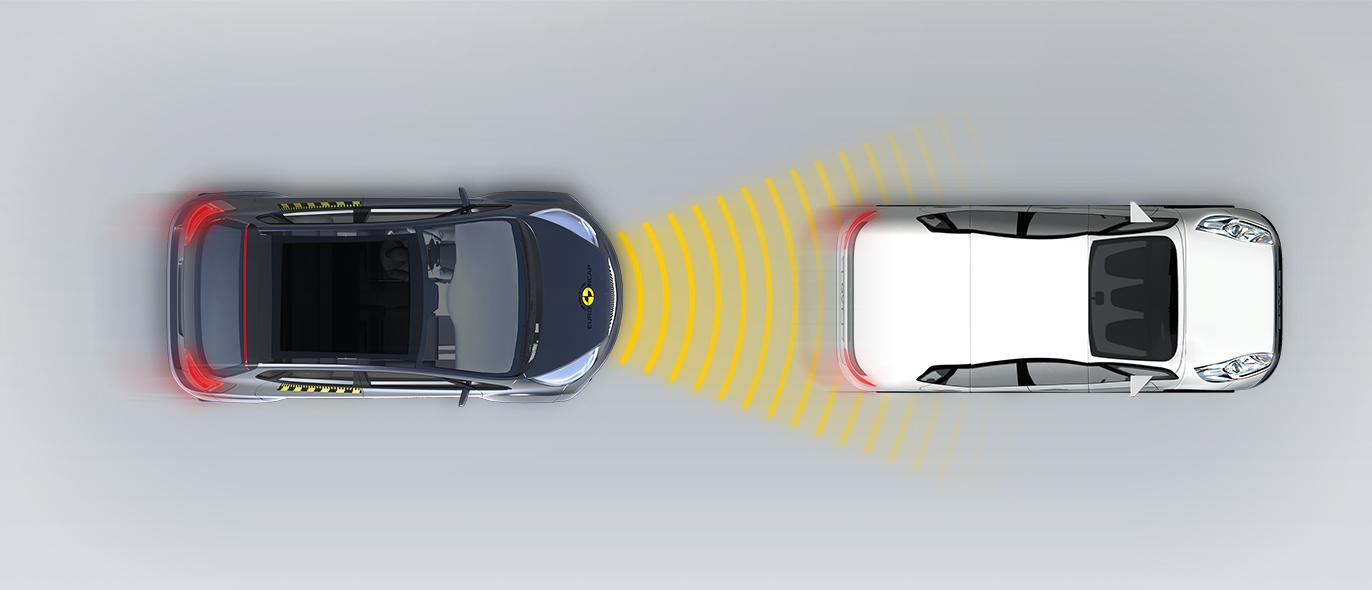
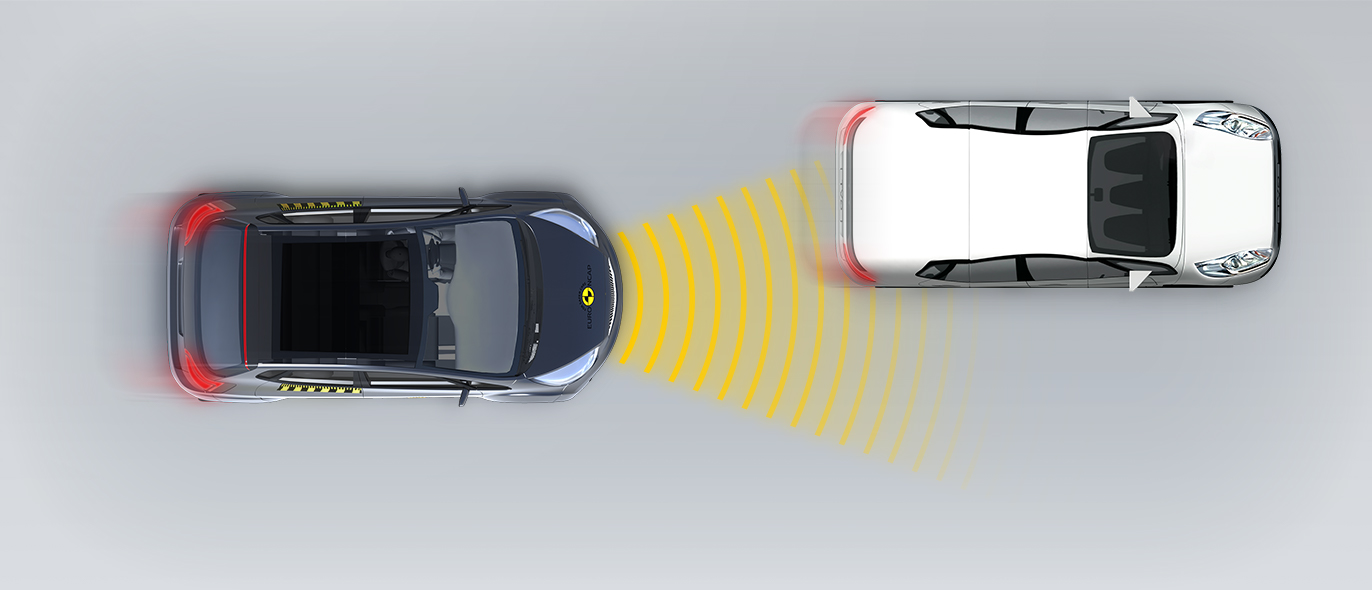

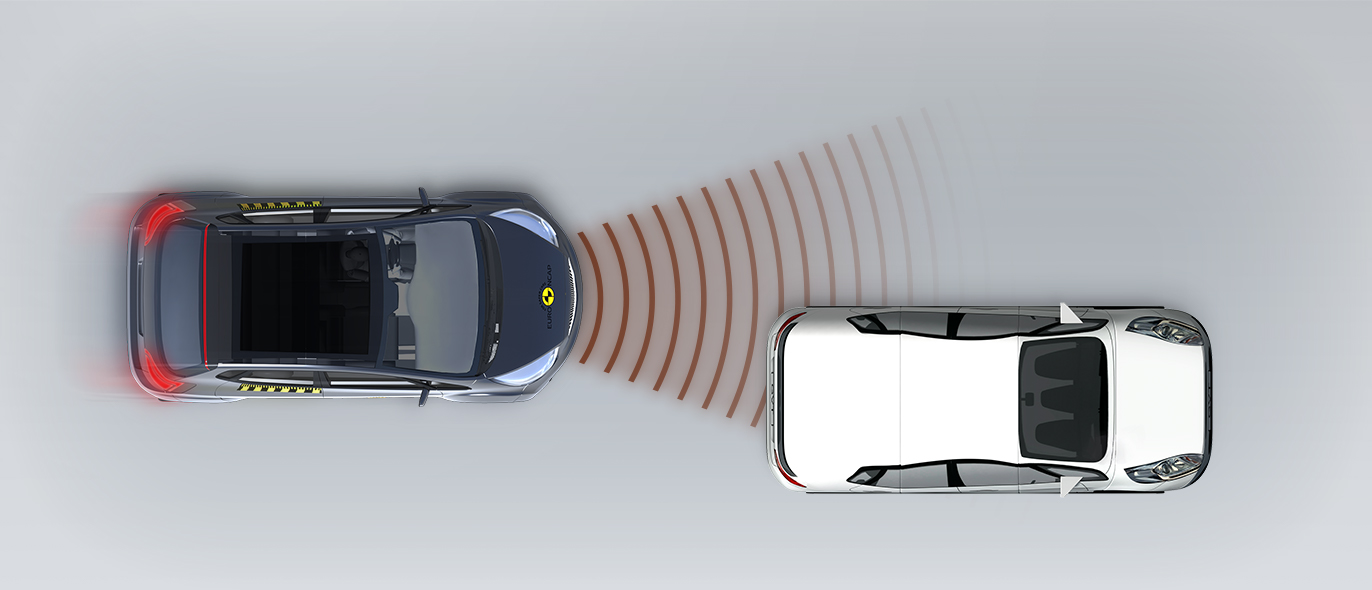
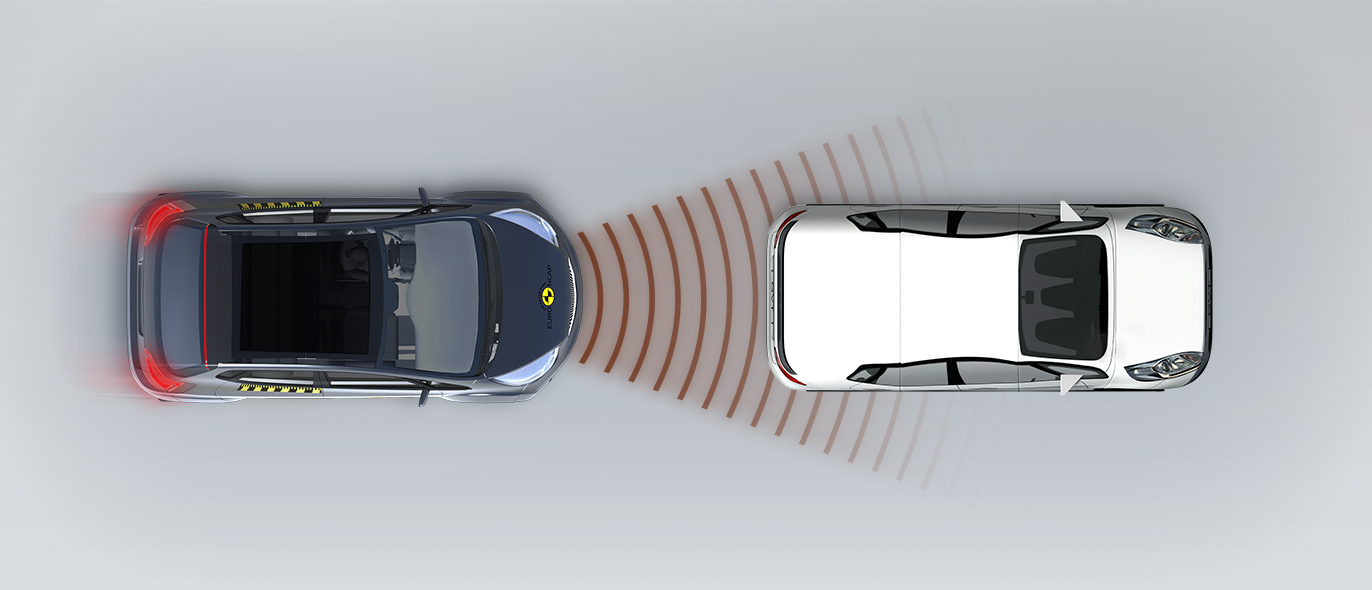
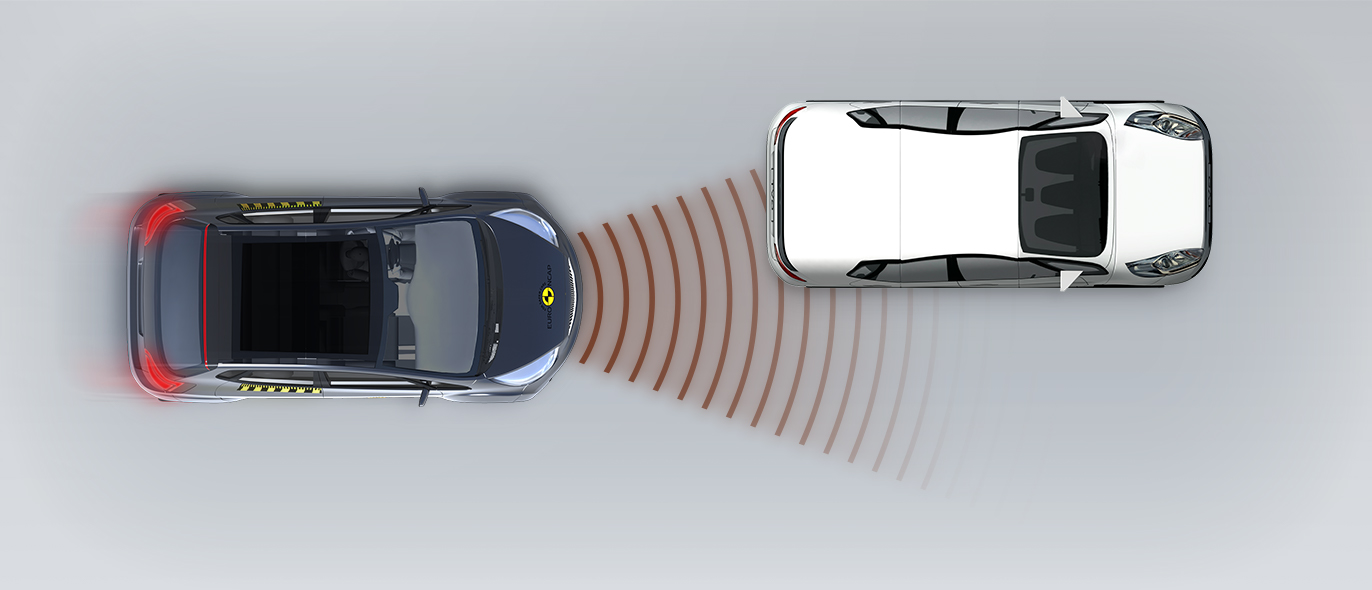




The passenger compartment remained stable in the frontal offset test. Dummy readings indicated good protection of the knees and femurs of the driver and passenger. A similar level of protection would be provided to occupants of different sizes and to those sitting in different positions. In the full-width rigid barrier test, protection of all critical body areas was good for the driver. However, for the rear passenger, dummy readings indicated a marginal level of protection for the chest. A penalty was also applied as a result of high shoulder belt forces and protection of the chest was rated as poor. In the side barrier impact, all critical body areas were well protected and the car scored maximum points in this test. In the more severe side pole test, protection of the chest was adequate and that of other body areas was good. However, the side door of the car became detached during the test and the score was penalised for the risk of occupant ejection. Tests on the front seats and head restraints demonstrated good protection against whiplash injuries in the event of a rear-end collision. A geometric assessment of the rear seats indicated marginal whiplash protection. The standard-fit autonomous emergency braking (AEB) system performed adequately in tests of its functionality at the low speeds at which many whiplash injuries occur.